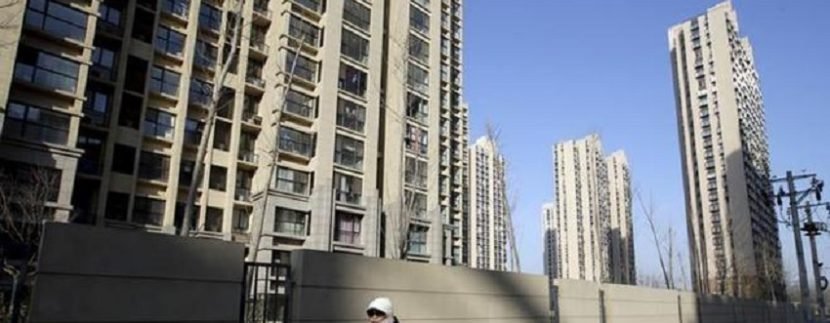Bring down land prices for affordable housing: Niti Aayog

Noting that high cost of land is a key constraint in rapid expansion of affordable housing, the Niti Aayog has pitched for steps to bring down land prices to give a push to the Centre’s housing scheme.
The government think tank made the recommendations in its ‘Three Year Action Agenda, 2017-18 to 2019-20’, released by Finance Minister Arun Jaitley on Thursday.
“A key constraint on rapid expansion of low-income housing is high cost of land. This issue turns even more important from the viewpoint of low-rent housing, which is critical to accommodating migrant population without creating slums,” it said.
It also noted that a key factor contributing to inflated land prices in India has been the flow of illicit money into real estate.
“Therefore, attacking black money would have the important beneficial side effect of bringing land prices down and making housing more affordable for low-income families,” it said.
The Niti Aayog also noted that an important factor encouraging the flow of black money into land is high stamp duty.
“Working with states to lower this duty would help bring land prices down,” it added.
It also listed a number of supply side factors that have also contributed to the artificially high urban property values in India.
The Aayog said due to the Urban Land Ceilings and Regulation Act, 1976, large chunks of vacant land have disappeared from urban land markets.
Although most states have now repealed this Act, it said many large pieces of land remain tied up in litigation.
“Releasing this land for commercial use should be a priority,” it added.
The Aayog also noted that many sick public sector enterprises (PSEs) own large pieces of unused land in prime urban areas and said closure of these units can help bring substantial land into the market.
Noting that central and state governments own substantial urban land that remains unused or subject to encroachment, it said such land could be monetised to finance infrastructure and other critical expenditures while also making the land available for housing and other uses.
Scarcity of horizontal space can also be countered by expanding space vertically through the construction of taller buildings, it said.
It noted that removal of many of the constraints will admittedly take more than three years and noted that action is further hampered by the fact that urban spaces and land issues fall under the jurisdiction of the states and will require action by each state individually.
“Nevertheless, a beginning in this direction must be urgently made. States must be sensitised to the benefits of policies that would help bring land prices down,” it said.
source: economicstimes
